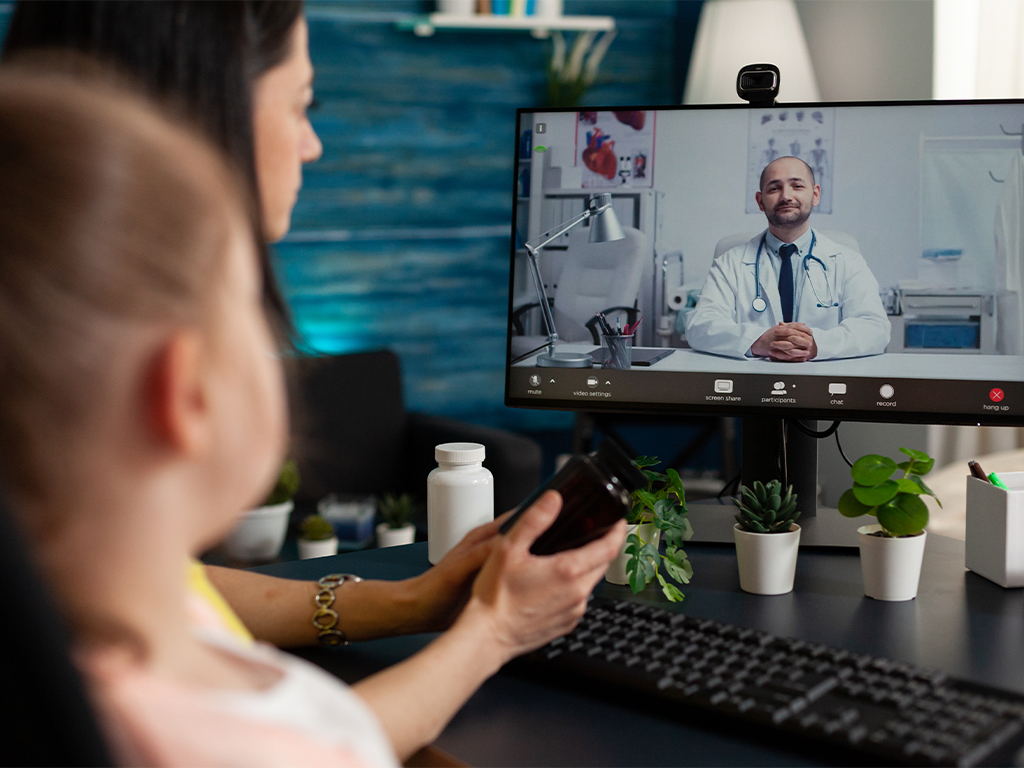What Is The Future Of Telehealth?

During the 2020 global pandemic, we saw the incredible rise of communication technologies and how integrated they have become in our everyday lives. In-person meetings now had to be completely virtual. No one would have ever expected society to dramatically shift in this direction but once it did, many industries have been faced with the challenge to drastically change how they conduct business and healthcare is one of them.
In a recent webinar, Connected Health Summit hosted by Park Associates addressed the growing use of telehealth services and expanding virtual care models, including consumer perceptions, challenges faced by providers, and the new business models emerging. Part of their recent research found that 23 million US households have used telehealth for medical services.
“The expansive use of telehealth, spurred by the pandemic has opened these services to all medical specialties and new service options.” says Jennifer Kent, VP of Research from Park Associates
What Is Telehealth?
Telehealth is the use of digital information and communication technologies such as computers and mobile devices to access health care services remotely. With telemedicine as the new norm, patients can now use these devices to communicate with their healthcare providers without even being in the same room. We have now popularly coined this term as having a “virtual visit” with a doctor.
Pros & Cons of Telehealth
During the webinar, many healthcare industry leaders openly discussed the benefits and challenges of this new way of addressing patients. Karsten Russel-Wood from Equum Medical expressed how providers now have to think about how “acute and critical care” can be performed virtually, something that was not thought of years prior and how that can affect certain patients as well as increase the risk of misdiagnoses.
However, research has shown that in 2019, right before the pandemic, about 15% of consumers opted for telehealth services as their preferred method of receiving care. Since then, the number has increased to 64% of consumers preferring online medical consultations. This incredible spike in numbers has been seen within the span of a year, which shows that these numbers might just continue to grow. “Patients are consumers. They have a choice where to get their healthcare in a timely manner” says Christina Chen from BrightMD Health.
Affordability plays a huge role as well. A large subject of debate has been how pricing in the healthcare industry is sometimes not a viable option for some consumers, making virtual care services more appealing since it includes cheaper options for consultations and prescriptions.
Telehealth & Cyber Security
In a clinical setting, where patient visits are face-to-face and paper-based health records are used, existing physical security systems protect patients’ private medical information. Caregivers see each patient in a private room and patient records are locked in a secure office setting that is only accessible to authorized personnel. With the rise of telehealth, it can be more challenging for providers to protect healthcare information when the information is electronic.
On the internet, there are many ways to break into electronic systems and gain unauthorized access to a large amount of protected health information (PHI). Unfortunately, healthcare providers are not always trained adequately in protecting security and patient privacy online. The information security and patient privacy in telehealth, therefore, is at a higher risk for breaches of PHI. This is a fantastic opportunity for Integrators, as experts in the security space, to establish themselves as the sole providers of cyber protection in the medical space. Not to mention the added RMR potential by diversifying services in a quickly expanding business vertical.




